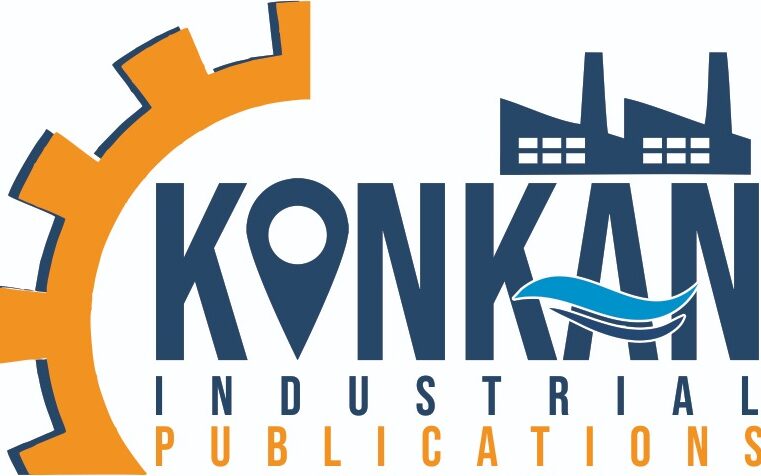

The Konkan Railway’s project connecting India’s North to South India via scenic Konkan Goa coastal Karnataka to Kerala can be considered one of the most prestigious projects in the construction industry of India. The project was launched in 1989 and the track became operational in the year 1998. The 760 km rail route, which connects Roha in Maharashtra to Mangalore in Karnataka, was completed in 1998. It crosses 146 rivers, and streams, nearly 2,000 bridges, and 91 tunnels. The 760 km line passes through complex terrains. In many of the stretches, the available space was restricted, and the side slopes were very steep. This formidable terrain and the short construction period necessitated the use of several technological innovations. The construction and widening of the track called for large quantities of cutting in rocks of lateritic and basaltic origin. The exposed lateritic terrains were subjected to heavy rainfall and in the presence of water, the laterite loses all its cohesiveness, and strength and becomes very vulnerable to cause heavy slides and slips. This problem necessitated the provision of several landslide mitigation techniques like construction of proper retaining walls and rockfall mitigation measures.
